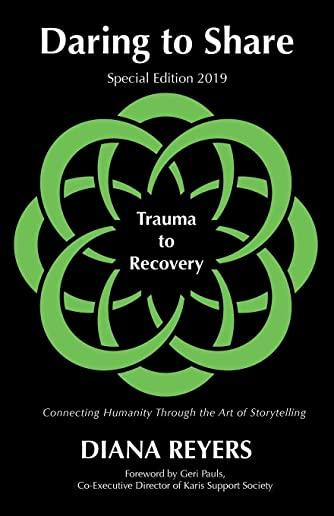
Grogan, M. Susan
product information
description
5Students with Dyslexia already have unique skills and talents outside of reading, writing, and spelling. These skills and talents are similar to successful and famous CEOs, engineers, surgeons, artists, musicians, dancers, athletes, architects, and others with Dyslexia. Confirming this are the dyslexia assessments and interviews of eighty-eight school-age and adult students conducted by the author. She provides a description and explanation of the dyslexic brain and how people with dyslexia process print. Included is a detailed commentary about how educators have scrambled to learn about Dyslexia and how to help students. Dyslexia is detectable even before preschool, and the signs to watch for are listed. Interviews and assessments of the students with Dyslexia, ages six to college-age, illustrate their exceptional skills and talents as well as their needs. Although early detection and intense intervention by trained dyslexia educators are essential, teachers and parents can enhance school and home instruction. We can value and infuse these strengths and skills while they are learning and allow them to show what they know in ways other than paper and pencil. Permeating the Arts and STEAM with instruction engages brain-based learning. The end goal is to improve student success and confident self-image, not just for children and teens with Dyslexia but also for all students.
member goods
No member items were found under this heading.
Return Policy
All sales are final
Shipping
No special shipping considerations available.
Shipping fees determined at checkout.







